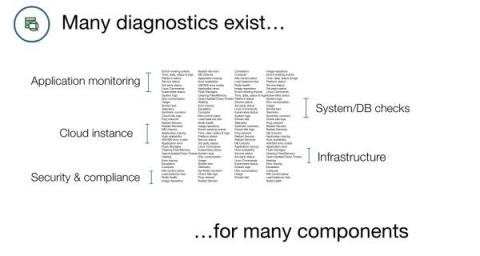Dedicated Incident Channel Improvements for Slack on Webhooks V3 - Early Access
Today, we are excited to open Early Access for our improved Dedicated Incident Slack Channel. These improvements include: In order to take advantage of this feature you need to upgrade to Slack on WebHooks V3 and request Early Access from PagerDuty support. Once you are on the right version and have early access, there are two ways to create a dedicated incident channel.











